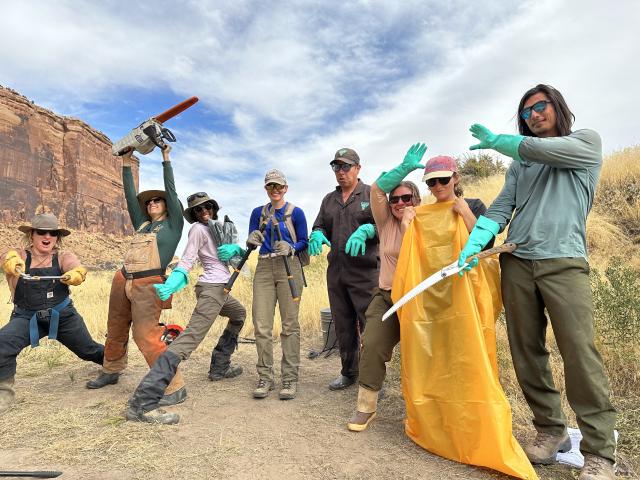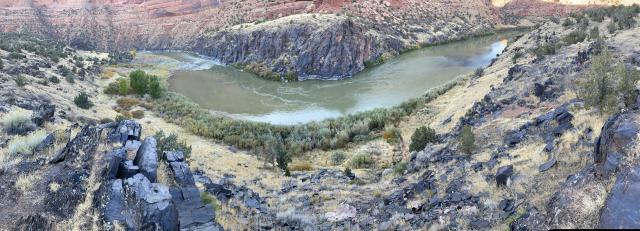Related Stories
- Protecting lands and communities: Shaila Pomaikai Catan
- May is Wildfire Awareness Month
- BLM Fire tackles radio interoperability on wildfires
- BLM transfers fire engine to Lake Mohave Ranchos Fire Department through Rural Fire Readiness Program
- First 100 days: BLM drives energy expansion and national strength
Office
440 West 200 South, Ste. 500
Salt Lake City, UT 84101
United States
Phone:
Email:




